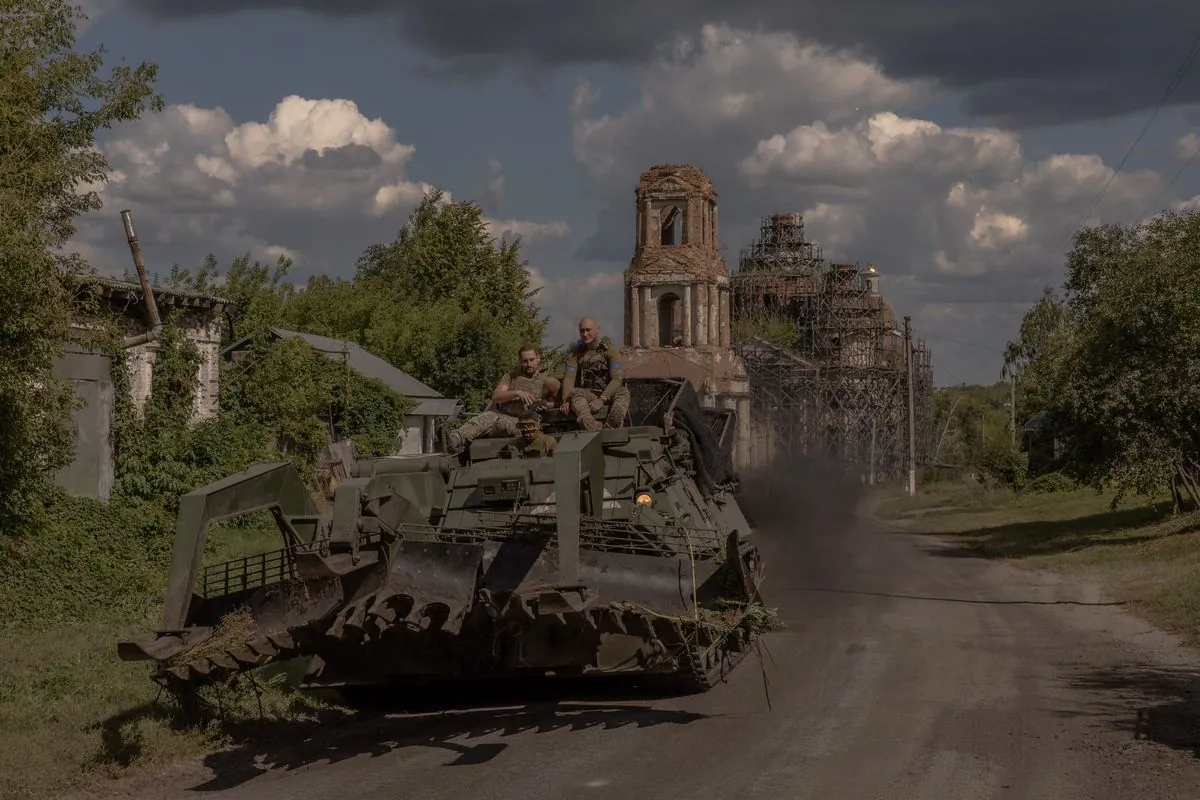On August 6, 2024, Ukraine launched a surprising invasion of Russia's Kursk region, marking the largest incursion into Russian territory since World War II. The attack caught Russian authorities off guard, exposing vulnerabilities in border defenses and intelligence gathering.
As Ukrainian forces breached the border, panic spread among local residents. Alexei Smirnov, the acting governor of Kursk, attempted to reassure the population through a series of Telegram posts. However, his statements were quickly contradicted by events on the ground.
"The situation is under control."
This reassurance came as residents were fleeing en masse from border towns like Sudzha. The chaos led to over 100 missing person reports, many of them elderly citizens.
The Russian military leadership appeared unaware of the unfolding crisis. On the morning of the invasion, the Defense Ministry released a video showing General Valery Gerasimov visiting Russian positions in Ukraine, with no mention of the events in Kursk.
It took nearly 12 hours for the Russian Defense Ministry to publicly acknowledge the Ukrainian attack. This delay raised questions about the effectiveness of Russia's surveillance and border protection measures.
The invasion has exposed weaknesses in Russia's border fortifications. Despite previous assurances from officials about enhanced defenses, Ukrainian forces were able to breach the border relatively easily. Video footage showed Ukrainian armored vehicles bypassing anti-tank obstacles known as "dragon's teeth" and crossing minefields.
Vladimir Putin and Gerasimov made their first public remarks about the Kursk events on August 7, 2024, a full day after the invasion began. By this time, Ukrainian forces had already made significant advances into Russian territory.
Ten days after the initial incursion, over 100,000 Russians have been displaced, and Ukraine claims control of more than 1,000 square kilometers of the Kursk region. The situation remains fluid, with ongoing fighting and uncertainty about the long-term implications for the broader conflict between Russia and Ukraine.
This unexpected turn of events has shifted the dynamics of the war, forcing Russia to defend its own territory while potentially diverting resources from its operations in Ukraine. The incursion has also raised questions about the effectiveness of Russia's military strategy and its ability to protect its borders.
As the situation continues to evolve, the international community watches closely, assessing the potential impact on regional stability and the future course of the Russia-Ukraine conflict.
